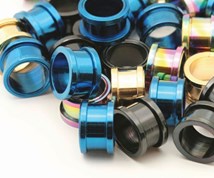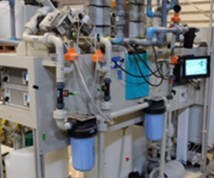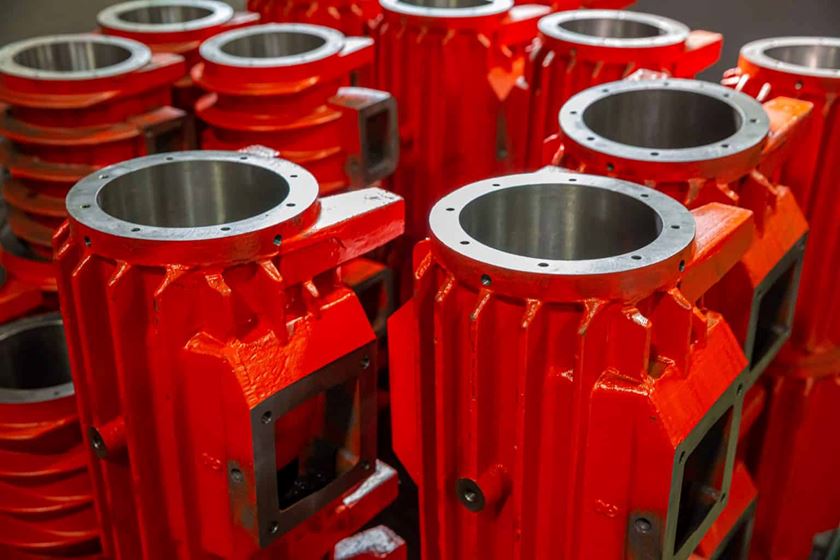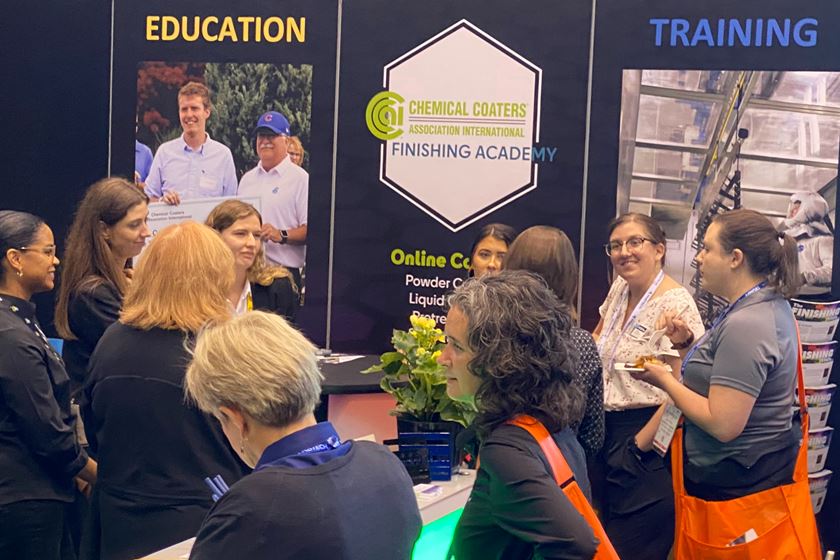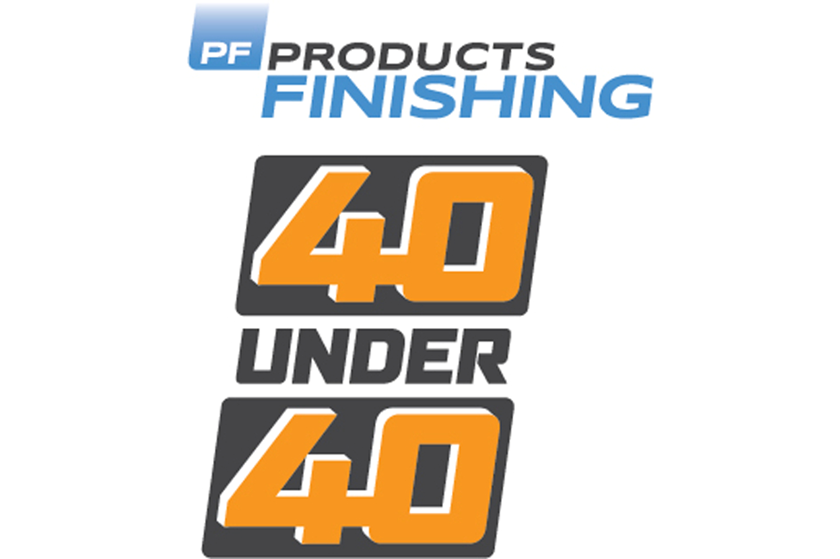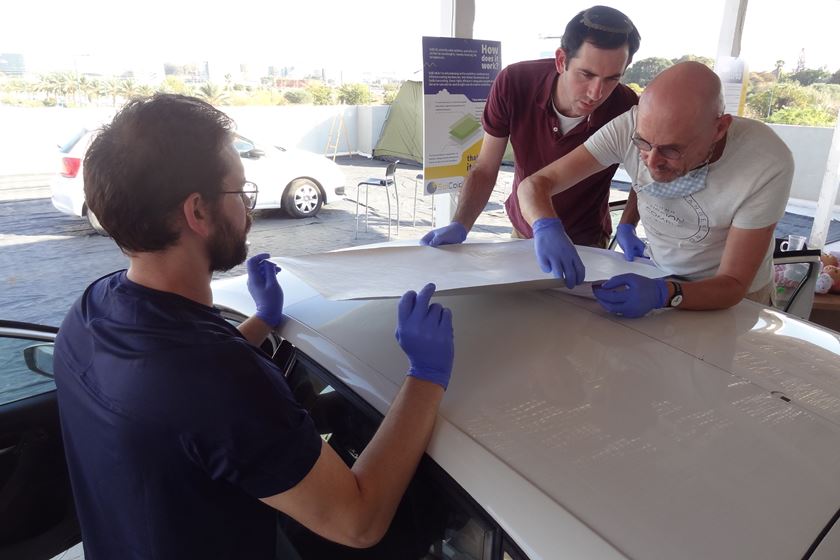Anodizing: Stripping Type III (Hard) Anodic Coatings
Q. Is it possible to strip hard coat type III anodized coatings?
Q. Our company has an anodizing vendor that recently had some problems with our hardcoat anodized (Type III) parts. Portions of these parts are masked with a liquid maskant and then the parts are hard anodized. The problems were with leakage around the masking, resulting in poor quality parts. The anodizer claims that they can chemically strip the hard coat and re-anodize the parts. Is it possible to strip hard coat type III anodized coatings?
A. Type II and Type III anodic coatings on aluminum can be stripped off, though some, like Type III (hardcoat) are more difficult to strip than others. The thicker the coating, the more difficult it is to strip. From your description, it seems the masking has leaked and the anodize has “bled” onto a surface that is supposed to be free of anodic coating. The area that has “bled” is irregular in shape. Now the anodizer is saying, “No problem, it can be stripped off.”
Featured Content
Technically, the anodizer is correct. However, you may not be satisfied with the result. The anodizer can use the standard etchant of sodium hydroxide, or a “non-etch stripper.” Even if all the coating is removed uniformly, the area that was anodized (on the surface that was not supposed to be anodized) will be somewhat rough and could be uneven with the non-anodized surface around it. This is because as the anodic coating forms it actually penetrates into the aluminum. Part of the coating penetrates and part of it builds up. The ratio of penetration to buildup varies from ⅓ penetration and ⅔ buildup to half and half. So, if the coating thickness is two mils, once the coating is stripped off, the area that had anodic coating could be roughly one mil, or more, “smaller” (or deeper) than the area that did not have anodic coating. However, in stripping, the unanodized area will start to etch before the substrate that is under the anodic coating. It is anybody’s guess as to how the surfaces will look once all of the old coating is stripped off.
Sometimes, when stripping the Type III coating, the coating does not strip evenly, especially if it has been sealed. This results in blotchy areas on the part where some of the coating remains after other areas are completely stripped. As a result, you could end up with an uneven surface on any of the surfaces, masked or not masked. Nothing short of resurfacing with a cutting or grinding tool will make the surface even and smooth if this happens. If grinding or cutting that surface will put it out of dimensional tolerance, then you have a problem.
A good practice to follow when stripping all heavy anodic coatings is to soak the parts, or the loads that are to be stripped, in a strong acid bath such as the deoxidizer, or even the anodize bath, for up to 45 minutes, rinse and then strip the coating off. This method breaks the seal, if the parts have been sealed, and softens the coating, making it much easier to remove completely and evenly.
Using a “non-etch” stripper is also an excellent way to strip the anodic coating off of the parts without removing any of the substrate metal. However, if some anodic coating has leaked under the masking, it could result in an uneven surface anyway. This is because of the penetration of the coating in that area.
Zincate-based products are commonly used in non-etch strippers. A non-etch stripper is a chemical solution that will remove the anodic coating (aluminum oxide), but will not remove any aluminum metal. Another good non-etch stripper uses a combination of chromic acid and phosphoric acid. This solution is not used any more that I know of because it contains hexavalent chrome.
Originally published in the February 2016 issue.
RELATED CONTENT
-
Cleaning, Pretreatment to Meet Medical Specs ISO 13485 or FDA 21 CFR820
Maximilian Kessler from SurTec explains new practices for industrial parts cleaning, metal pretreatment and decorative electroplating in the medical device industry.
-
Aluminum Surface Finishing Corrosion Causes and Troubleshooting
In this paper, a review of several process solutions, examining coolants, solvent cleaning, alkaline clean/etch and deoxidizing/desmutting, listing intended and unintended chemical reactions along with possible mechanisms that would favor corrosion formation.
-
Overview: Aerospace Anodize Finishes
The following anodizing process overviews are provided as a means of introduction to aerospace anodizing



